Description
Aragwadharishtam derives its name from two words ‘Aragwadha’ and ‘Arishta’. ‘Aragwadha’ is the Sanskrit name of the Golden Shower tree, a flowering tree precious for the therapeutic benefits of its root, bark, heartwood, leaves, and flowers.
Arishtas are mildly alcoholic preparations. The sweet taste makes it palatable to kids and adults alike. The alcohol base makes it quick-acting and efficient.
Aragwadharishtam combines the blood purifying properties of Cassia fistula with digestive and appetite-stimulating drugs. It endows the user with healthy skin and efficient metabolism.
Features & benefits of Aragwadharishtam-
- Aragwadharishtam is a combination of Aragwadha ( Root, leaf, flower, fruit and bark of Cassia fistula), Vidanga (Embelia ribes), Amalaki (Embilica officinalis), Pathya (Terminalia chebula), Trivrit (Operculina turpethum), Ela (Eletteria cardamomum), Lavanga (Syzigium aromaticum) and Maricha (Piper nigrum).
- It is beneficial in chronic allergies and altered immune reactions. It relieves rashes, blisters, and pruritus.
- It improves skin tone, texture, and complexion. It maintains skin health and also keeps away recurrent infection and disease.
- It improves health and functioning of the liver and kidneys, the prime organs that cleanse the body from within.
- It cleanses the circulatory pathways and expels metabolic toxins.
- Aragwadharishtam enhances the quality and quantity of the circulating blood and lymph.
- It improves appetite, digestion, and absorption in the gut. It also ensures consistent bowel movement.
Adult: 25-30 ml Aragwadharishtam twice or thrice daily after food.
Child: 10-15 ml Aragwadharishtam once or twice daily after food.
100% Natural. Purely herbal. Vegetarian.
Key ingredients and their properties:
ARAGWADHA (Cassia fistula)
Aragwada and its components have been investigated for a number of biological activities such as antiparasitic, antioxidant, antifungal, antitumor, antipyretic, anti-inflammatory, antiulcer, wound healing, analgesic, hepatoprotective, immunomodulatory, and acetylcholinesterase. The leaves stem bark and fruit pulp were found to have antibacterial activity, the fruit pulp being the most potent in this respect.
VIDANGA (Embelia Ribes)
Vidanga is commonly known as false black pepper. This herb helps to relieve constipation. When consumed in the form of tea, it helps in the emptying of the bowel. It normalizes Agni and prevents indigestion. It has laxative, antifungal, antibacterial properties. Clinical studies were conducted with alcoholic and aqueous extracts of E. Ribes fruits. Alcoholic extract was found effective in 80 percent of cases, while aqueous extract cured 55 percent of cases, rendering stools free from ova. No toxic effects were observed during and after treatment. Fruits of Embelia ribes, when administered in doses of 200 mg/kg to patients of worm infestation, produced good results.
AMALAKI (Embilica officinalis)
The benefits of Amalaki are numerous, which is part of why it is considered to be the best antiaging ingredient in all of Ayurveda. It is beneficial in metabolism, elimination and normal liver function and is excellent for the hair and skin. The fruit is an important source of vitamin C, minerals, and amino acids. It contains three times the protein concentration and vitamin C (ascorbic acid) concentration than apple.
HAREETHAKI (Terminalia chebula)
Popularly known as Indian walnut for its innumerable benefits or Indian hog plum in English, it is extremely valuable for its role in improving hair health. It is useful for treating scalp infections like dandruff, itching and hair fall. It also strengthens them from the roots, prevents breakage and loss of hair and bestows silky soft, smooth hair. Chebulic Myrobalan is one of the three key ingredients in Triphala, a natural compound that provides overall support for digestive function and helps ensure that the digestive tract works at optimal levels. The Ayurvedic Pharmacopoeia of India has documented the use of the powdered herb in intermittent fevers and chronic fevers, anemia and polyuria. Chebulic Myrobalan can also be used to treat gastrointestinal and respiratory disorders.
TRIVRIT (Operculina turpethum)
It is commonly known as Turpeth. It is useful for easy purgation. Trivrit can be considered the best owing to its properties like strength, piercing and pungent nature. It is thus very useful in losing bodyweight. It is useful to get relief from worm infestation, constipation and treating infected wound. Paste of Trivrit is consumed in the early morning for purgation. Often, the root, bark and seed of this herb are used in the Ayurvedic system of medicine for the treatment of skin disorders such as vitiligo and several diseases such as cervical lymphadenitis, fistulas, constipation, chronic gout, fever, bronchitis, ulcers, hemorrhoids, tumors, obesity, jaundice, herpes, and induced lacrimation.
ELA (Elettaria cardomum)
It is commonly known as Elaichi. It has very good antibacterial and antifungal properties. It helps in reducing inflammation. Cardamon is often given the epithet ‘Queen of Spices’ as it is used to flavour food in many countries. In addition, the herb has several health benefits. The German Commission E has indicated the use of Cardamom in dyspepsia and as a cholagogue, which promotes bile discharge from the system. The herb is also helpful in treating gum and teeth infections, throat congestion, and kidney disorders
TWAK (Cinnamom verum)
Twak is used for Neurological Disorders, Cardiovascular diseases, Oxidative stress, Inflammatory disorders, Diabetes, Microbial infections, Cancer and other conditions extensively in Ayurveda.
MARICHA (Piper nigrum)
Maricha is native to the Western Ghats of India. It is cultivated for its fruit, which is widely used as a spice and in traditional Indian medicine preparation. Black pepper is an appetizer and a carminative commonly used in the treatment of digestive system related complaints like dyspepsia, indigestion, flatulence, nausea, diarrhea, and colic pain. In the respiratory system, it acts like an expectorant used in cough, cold and chest congestion. Externally used as an analgesic and in vitiligo, it stimulates the production of pigments.


 Sign In
Sign In Cart
Cart 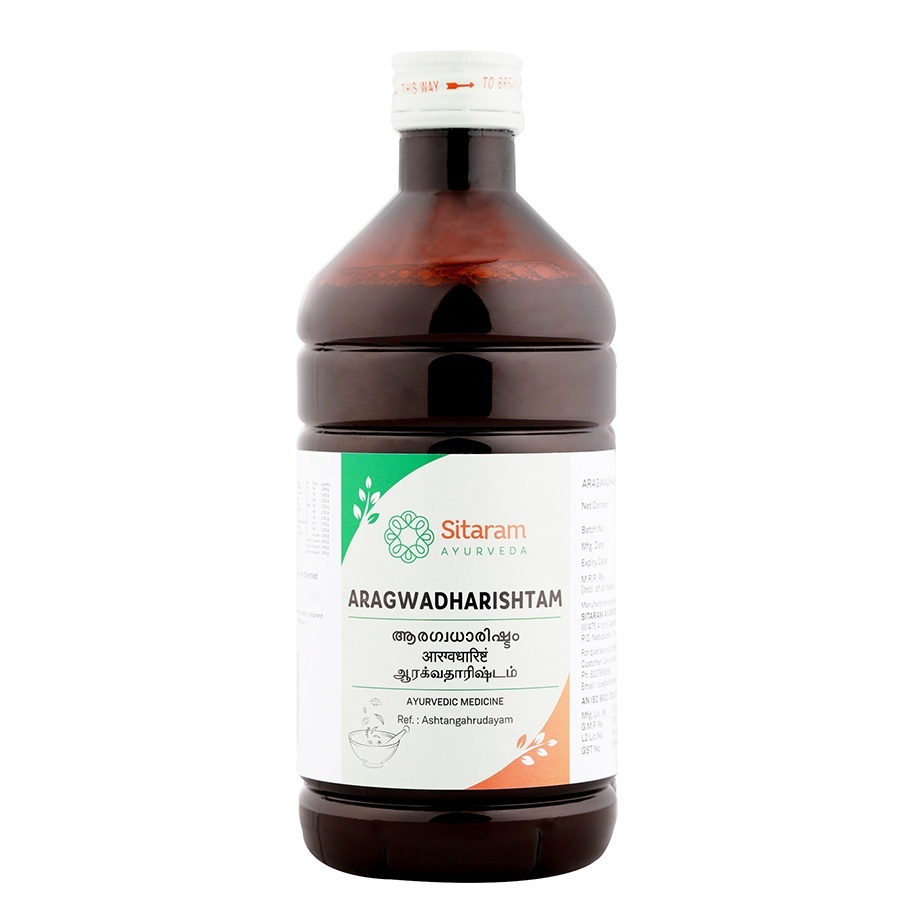
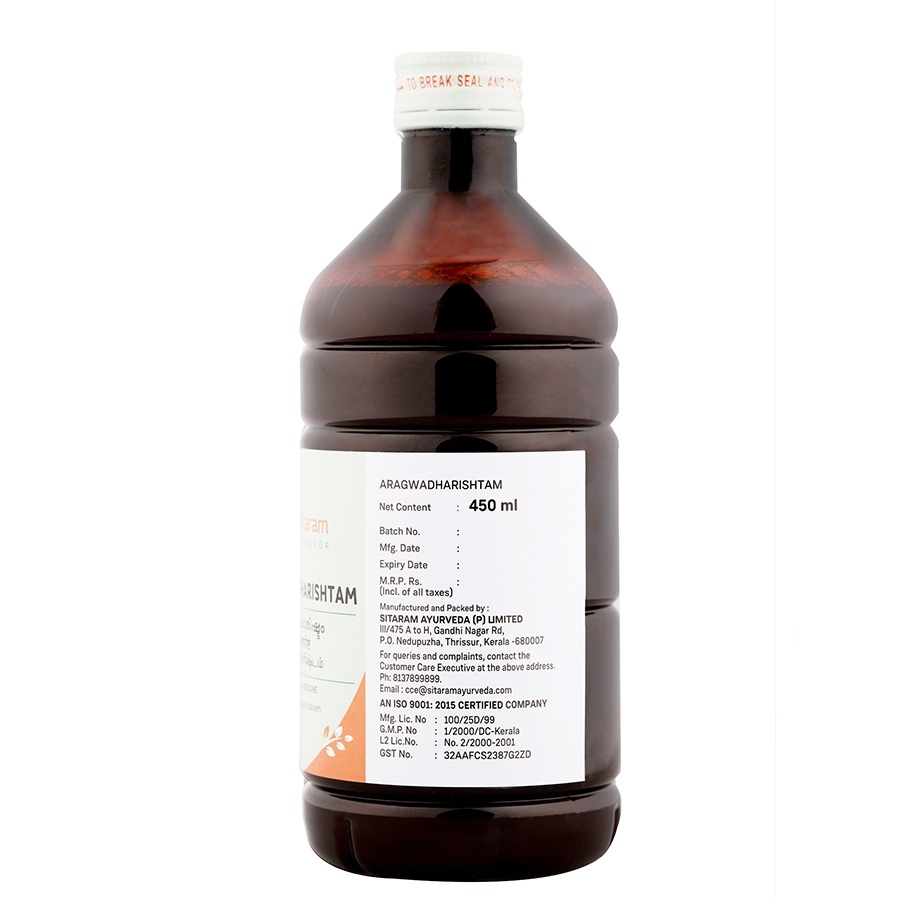
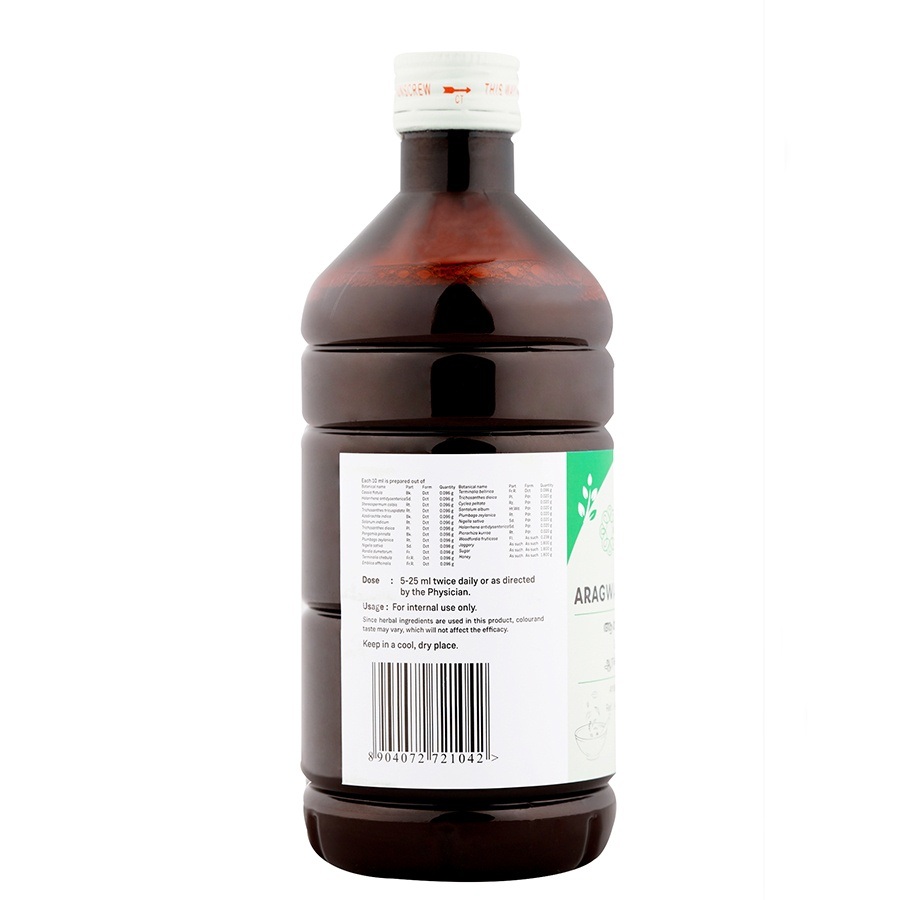
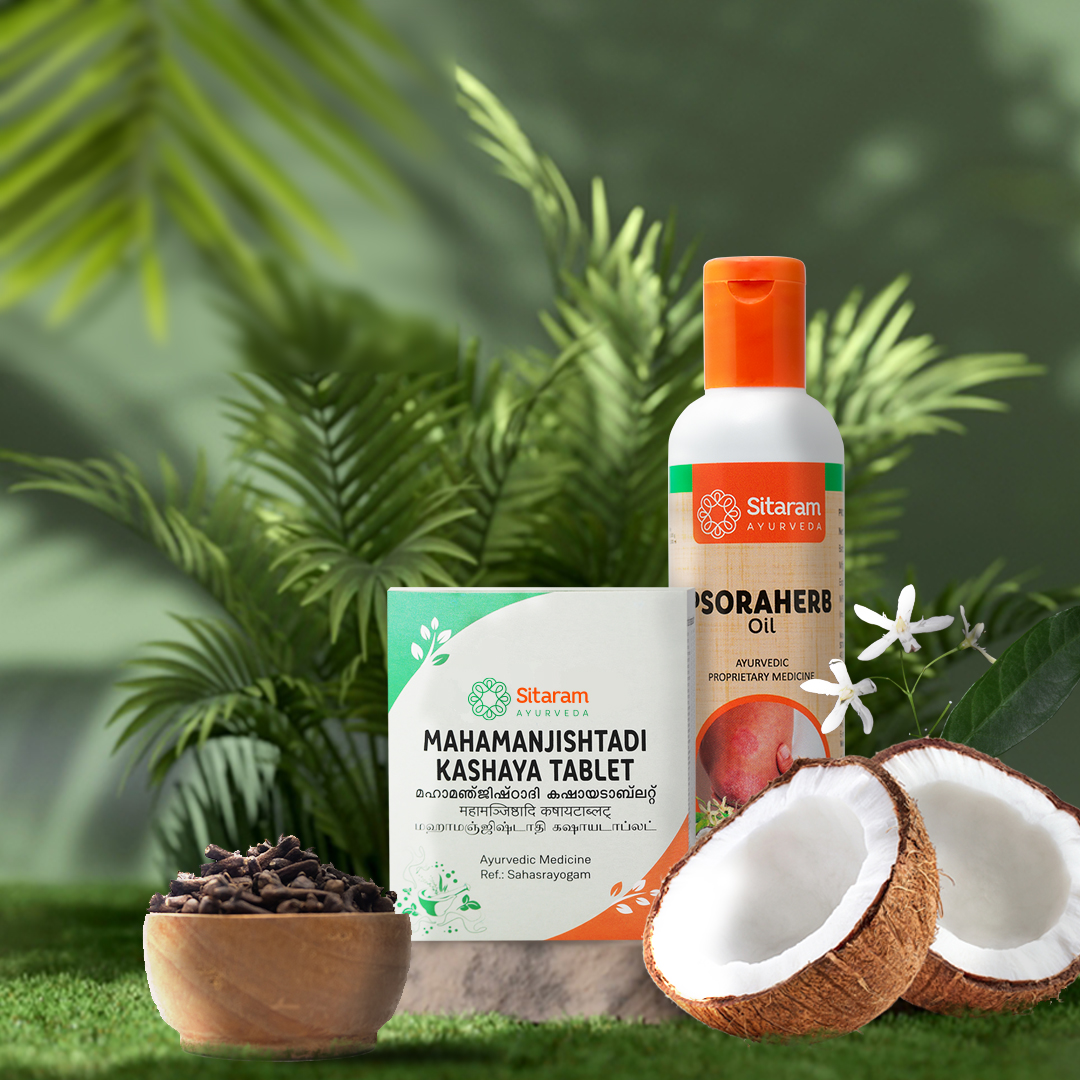
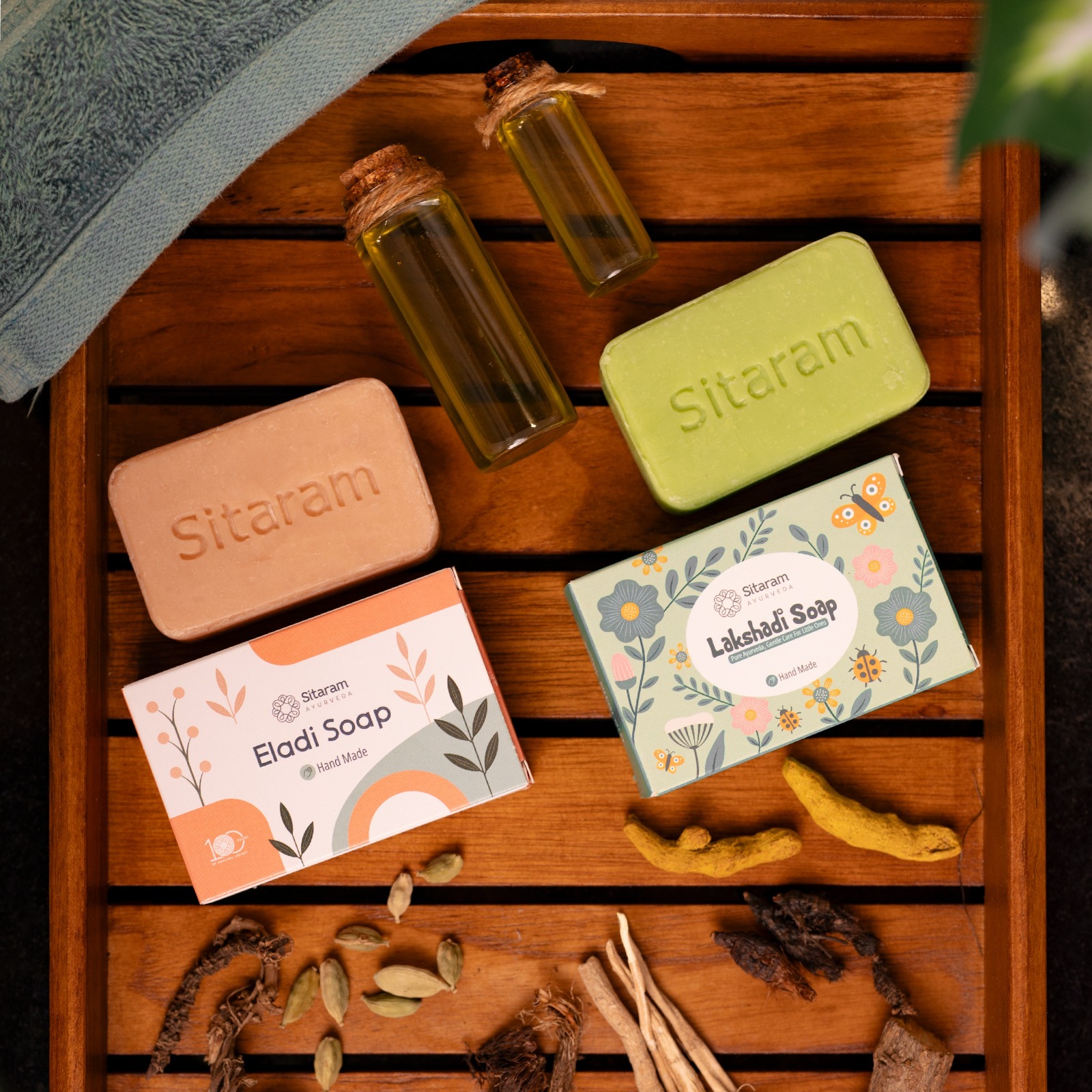
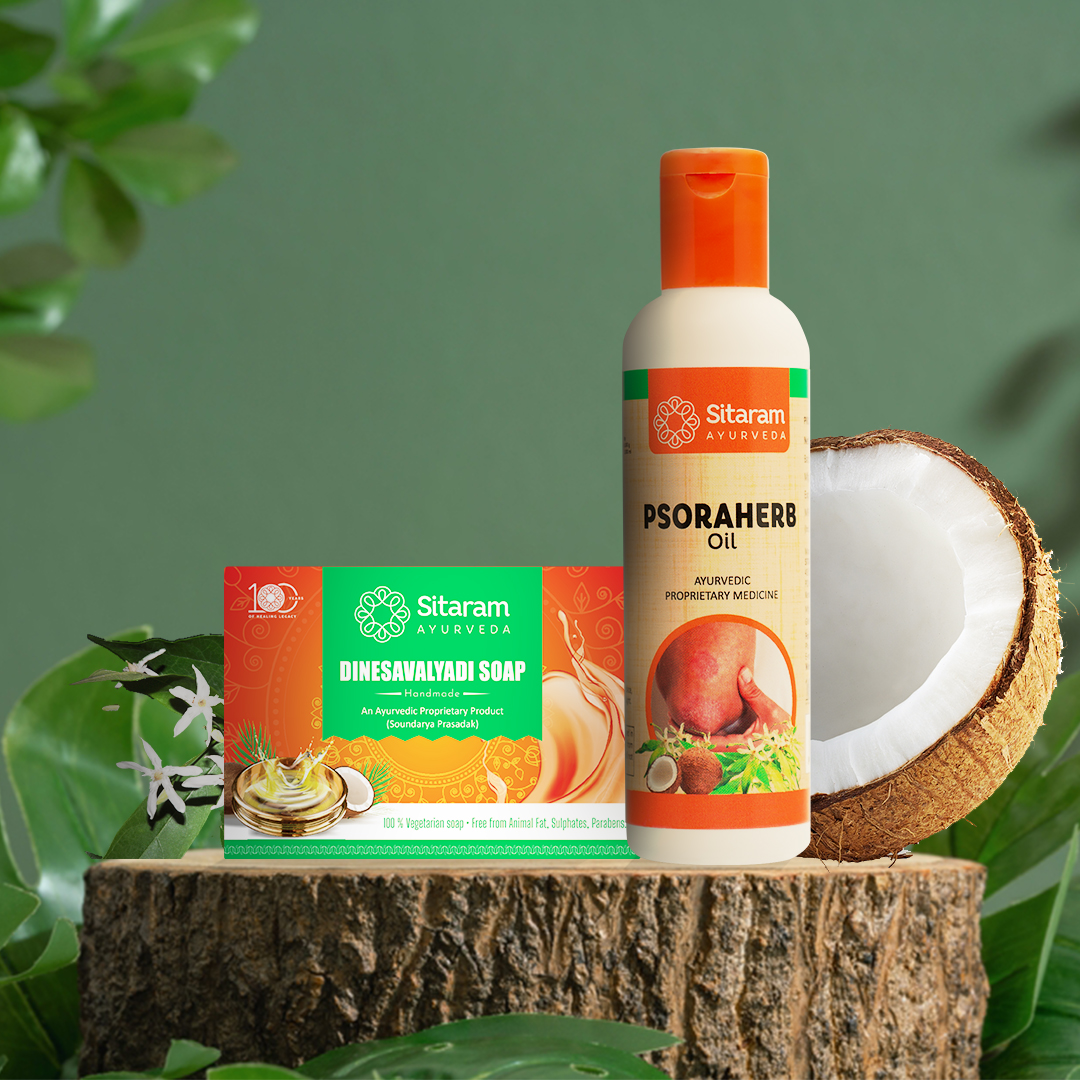
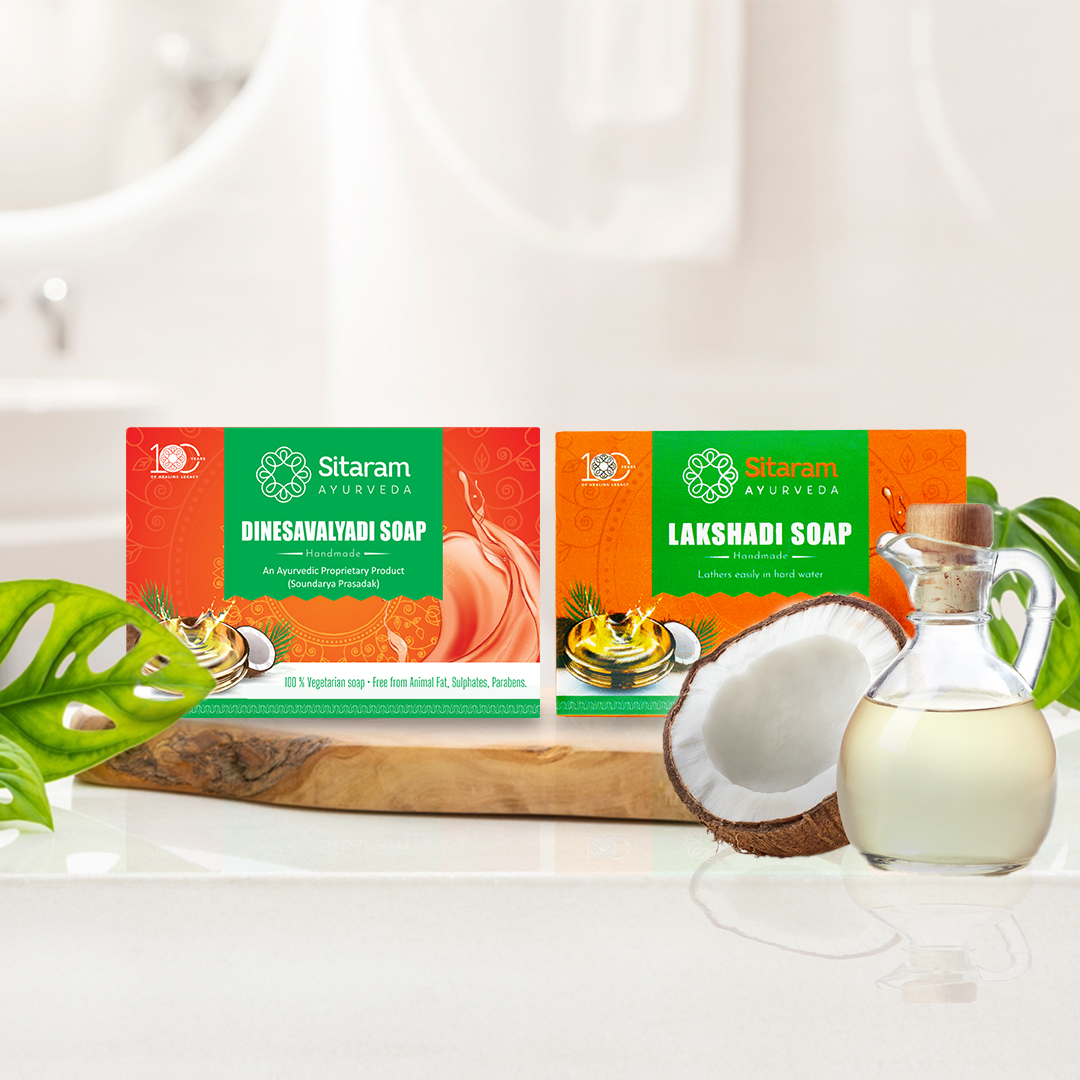
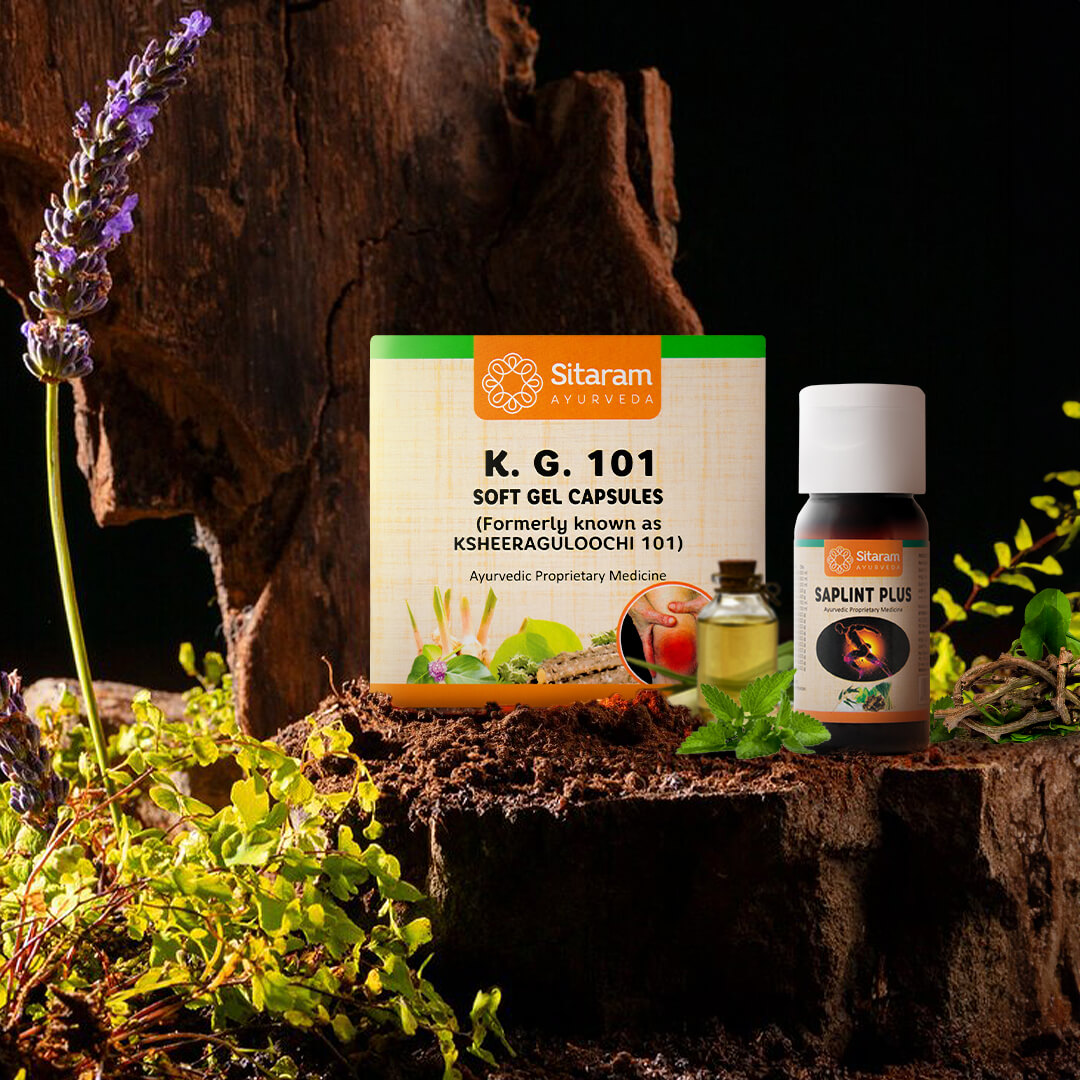
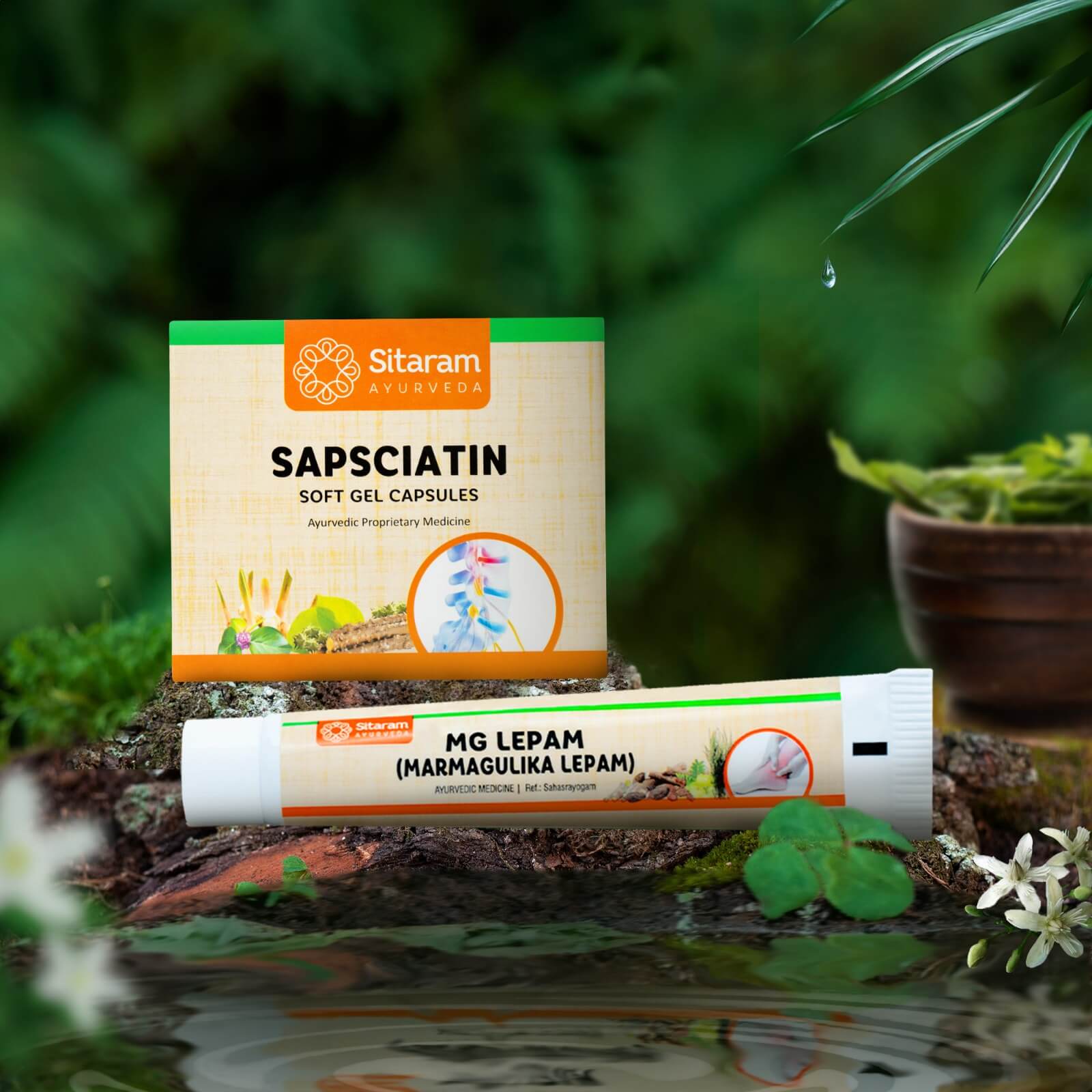
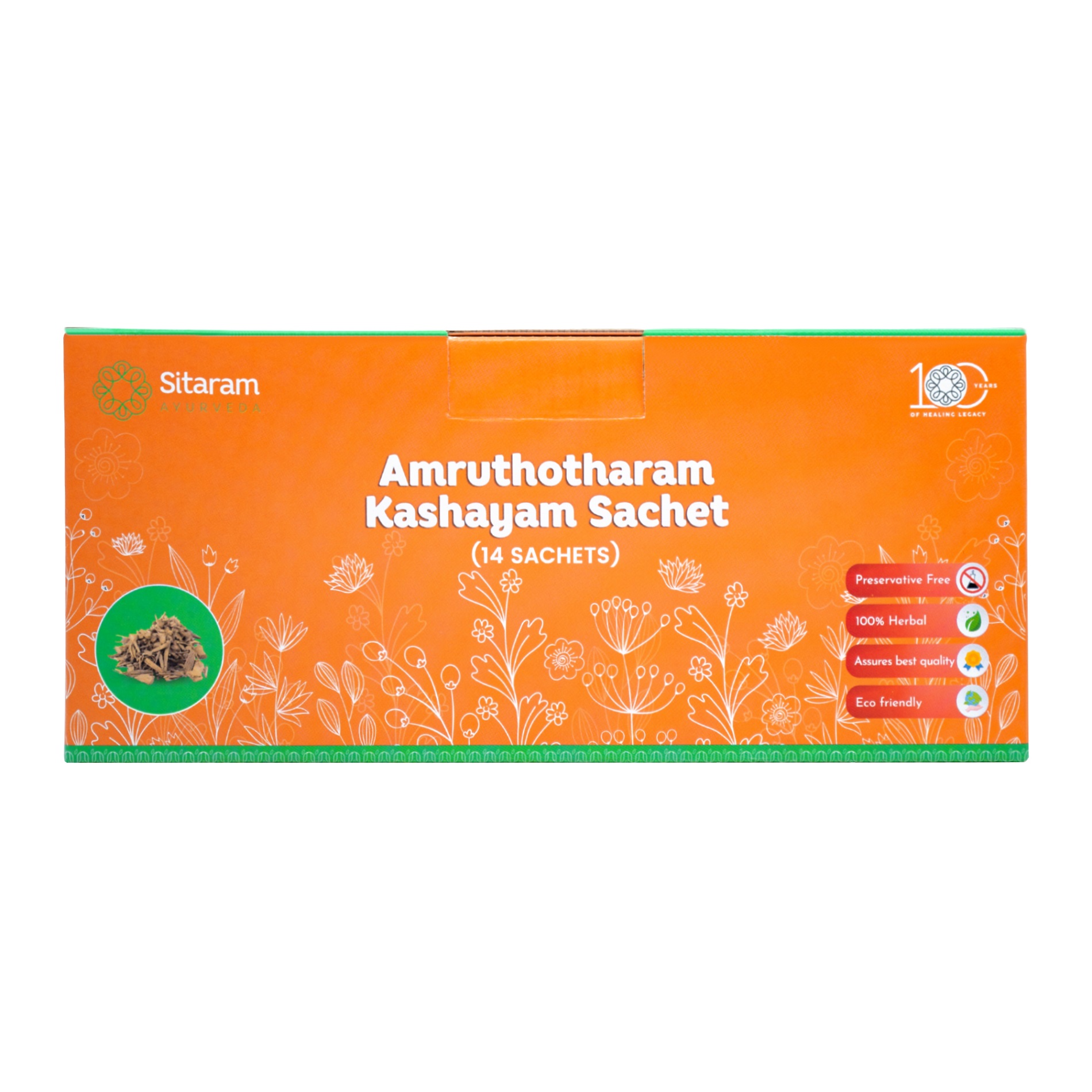
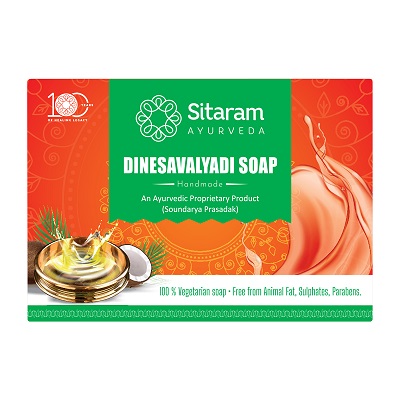
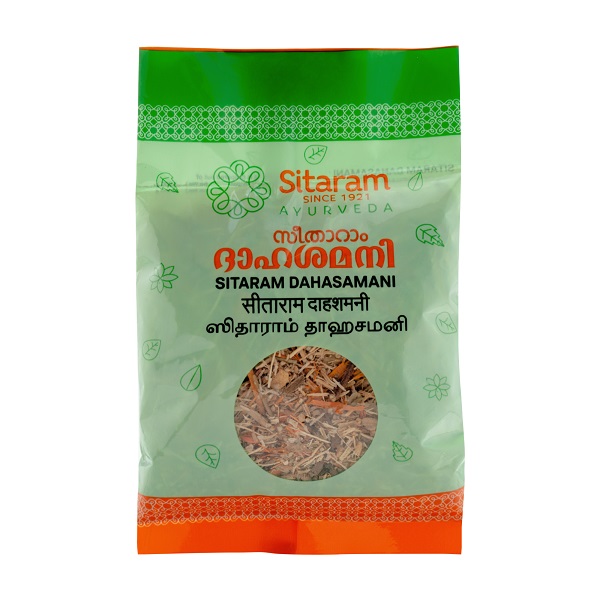
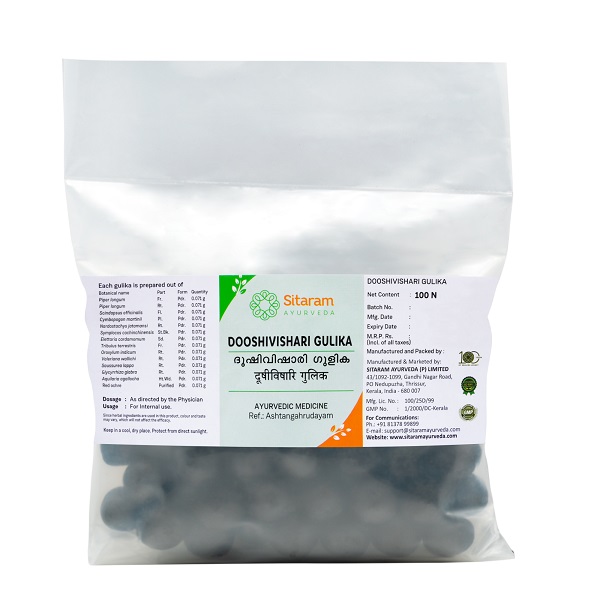
Reviews
There are no reviews yet.